Alison George in New Scientist:
 Genetic analysis of a Neanderthal fossil found in France reveals that it was from a previously unknown lineage, a remnant of an ancient population that had remained in extreme isolation for more than 50,000 years. This finding sheds new light on the final phase of the species’ existence.
Genetic analysis of a Neanderthal fossil found in France reveals that it was from a previously unknown lineage, a remnant of an ancient population that had remained in extreme isolation for more than 50,000 years. This finding sheds new light on the final phase of the species’ existence.
The fossil, dubbed Thorin after a character in J.R.R. Tolkien’s The Hobbit, was discovered in 2015 at the Grotte Mandrin in the Rhône Valley in southern France when Ludovic Slimak of the Centre for Anthropobiology and Genomics of Toulouse uncovered some teeth in the cave’s soil. The skeleton was painstakingly excavated over the next nine years to reveal 31 teeth, the jawbone, part of the skull and thousands of other bone fragments.
This was an incredible discovery in itself, as remains of Neanderthals – who lived in Eurasia from around 400,000 years ago until they went extinct around 40,000 years ago – are exceedingly rare.
Even more surprising was that Thorin’s genome could be obtained from a fragment of one of his teeth, as DNA isn’t typically preserved in warm climates. This revealed that the fossil was from a male, but opened up a mystery that took years to solve.
More here.
Enjoying the content on 3QD? Help keep us going by donating now.

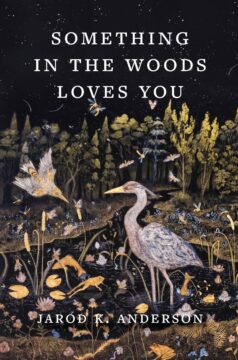 I have difficulty interpreting the nature of my own life, a thing I feel intimately and continuously, so it’s not surprising that we can’t all agree on the nature of herons.
I have difficulty interpreting the nature of my own life, a thing I feel intimately and continuously, so it’s not surprising that we can’t all agree on the nature of herons.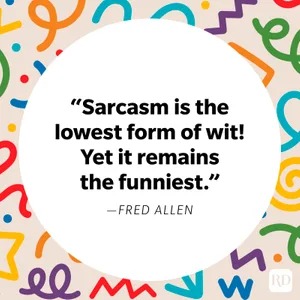 Love ’em or hate ’em, there’s a reason sarcasm quotes are all over the internet. Like funny sayings, sarcasm quotes play with the interpretation of words and tone in a way that can stretch your brain if you’re not expecting it. To use sarcasm, you have to say something that’s the opposite of what you mean (kind of like uttering a
Love ’em or hate ’em, there’s a reason sarcasm quotes are all over the internet. Like funny sayings, sarcasm quotes play with the interpretation of words and tone in a way that can stretch your brain if you’re not expecting it. To use sarcasm, you have to say something that’s the opposite of what you mean (kind of like uttering a 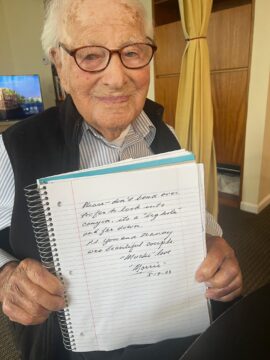 About a month ago, Judith Hansen popped awake in the predawn hours, thinking about her father’s brain.
About a month ago, Judith Hansen popped awake in the predawn hours, thinking about her father’s brain. The French philosopher Simone Weil was a soul at odds with herself and with a world of affliction. The causes she espoused as a social activist and the faith she professed as a mystic were urgent to her and, as she saw it, to humanity. Little of her work was published in her lifetime, but since her death, at thirty-four, in 1943, it has inspired an almost cultlike following among readers who share her hunger for grace, and for what she called “decreation”—deliverance from enthrallment to the self.
The French philosopher Simone Weil was a soul at odds with herself and with a world of affliction. The causes she espoused as a social activist and the faith she professed as a mystic were urgent to her and, as she saw it, to humanity. Little of her work was published in her lifetime, but since her death, at thirty-four, in 1943, it has inspired an almost cultlike following among readers who share her hunger for grace, and for what she called “decreation”—deliverance from enthrallment to the self. When history is about to take an abrupt turn, is there something in people’s eyes or in their secret longings that pre-announces it somehow—and that minds of a particular cast (poets and visionaries or perhaps psychiatrists) can read clearly and even put into words? If the world were to end next year, who would know about it today, and how? When we look back on the past, we say sometimes that there were “clear signs” that this or that event would happen, that the “writing was on the wall.” But how many of these signs were really there, and how many are projected back by hindsight? The problem is of special importance to historians. How can the historian single out a past event, focus on it exclusively, and pretend not to know what came after? How can a scholar fake ignorance?
When history is about to take an abrupt turn, is there something in people’s eyes or in their secret longings that pre-announces it somehow—and that minds of a particular cast (poets and visionaries or perhaps psychiatrists) can read clearly and even put into words? If the world were to end next year, who would know about it today, and how? When we look back on the past, we say sometimes that there were “clear signs” that this or that event would happen, that the “writing was on the wall.” But how many of these signs were really there, and how many are projected back by hindsight? The problem is of special importance to historians. How can the historian single out a past event, focus on it exclusively, and pretend not to know what came after? How can a scholar fake ignorance?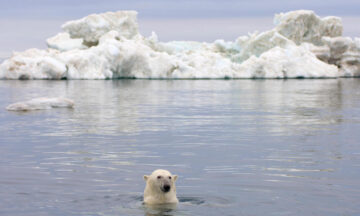
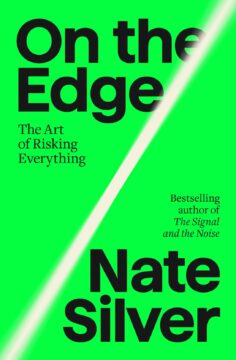 In 2016, Nate Silver was panned in the press and on social media for his presidential election forecast. His model
In 2016, Nate Silver was panned in the press and on social media for his presidential election forecast. His model 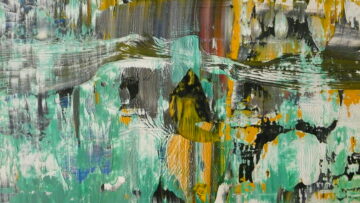 In the spring of 1961, Gerhard Richter, a young East German artist noted mainly for his portraits and socialist wall paintings, slipped through the last chink in the Iron Curtain—West Berlin—and fled to the Federal Republic of Germany. A few weeks later, he justified this move in a letter to his former teacher at the Dresden Academy of Fine Arts: “My reasons are mainly professional. The whole cultural ‘climate’ of the West can offer me more, in that it corresponds better and more coherently with my way of being and working than that of the East.”
In the spring of 1961, Gerhard Richter, a young East German artist noted mainly for his portraits and socialist wall paintings, slipped through the last chink in the Iron Curtain—West Berlin—and fled to the Federal Republic of Germany. A few weeks later, he justified this move in a letter to his former teacher at the Dresden Academy of Fine Arts: “My reasons are mainly professional. The whole cultural ‘climate’ of the West can offer me more, in that it corresponds better and more coherently with my way of being and working than that of the East.” My first visceral memories of the regime in Iran were formed before I was born. My mother had been in the notorious Evin prison in the 1980s, when hanged bodies were lined up along the entrance path so that prisoners knew what to expect. Although naturally apolitical, my mother was seen with a dissident. She narrowly escaped lynching, only because the dissident learned of my mother’s arrest and turned herself in.
My first visceral memories of the regime in Iran were formed before I was born. My mother had been in the notorious Evin prison in the 1980s, when hanged bodies were lined up along the entrance path so that prisoners knew what to expect. Although naturally apolitical, my mother was seen with a dissident. She narrowly escaped lynching, only because the dissident learned of my mother’s arrest and turned herself in.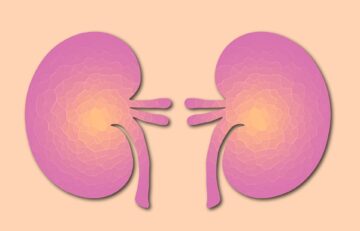 W
W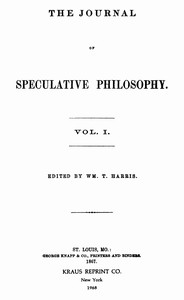 T
T T
T